ALLIESTHESIA
Contents:
- terminology
-
- alliesthesia
- types
- categoriziation
- lens on:
-
- thermal alliesthesia in our built environment
- thermal comfort standards (ASHRAE, PMV, adaptive)
- proposal for an alliesthesia model of thermal comfort: multi-node models of human physiology.
- thermal alliesthesia in our built environment
- examples
- conclusions
TERMINOLOGY
“Is a psychological and physiological phenomenon that describes the dependent relationship between the internal state of an organism and the perceived pleasure or displeasure of stimuli.”
.- first described by french physiologist Michel Cabanac (1971) in physiological role of pleasure

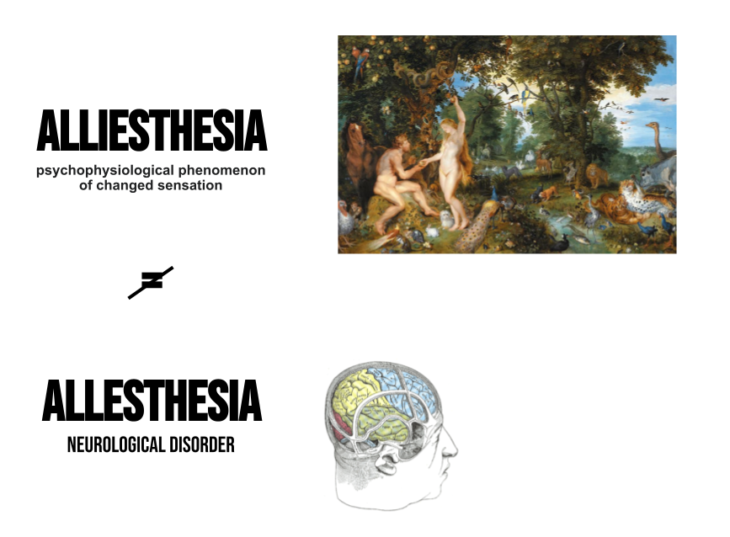 [01]
[01]
TYPES & CATEGORIES
- general:
-
- alliesthesia (Greek Allios changed and –esthesia sensation)
- organism’s internal state is in constant change.
- these changes could be perceived as pleasant or as unpleasant.
- The sensation that we feel then, depends not only on the quality or on the intensity of the stimulus, but also on the internal state of our organism. This is what we understand as perception.
- The perception that we get from a stimulus, this change from pleasant to unpleasant sensation (or the other way around); is what we call allesthesia.
- types:
-
- negative alliesthesia, which is the change on internal state from pleasure to displeasure sensation.
- positive alliesthesia, which is the one that we all like, the shift of sensation from displeasure to pleasure.
- categories:
-
- Thermal – natural ventilation
- Olfactory – air quality, “smell of a rosegarden”
- Gustatory – taste
- Visual – textures, reflections, shadows, sunlight
- Auditory – reverberation,
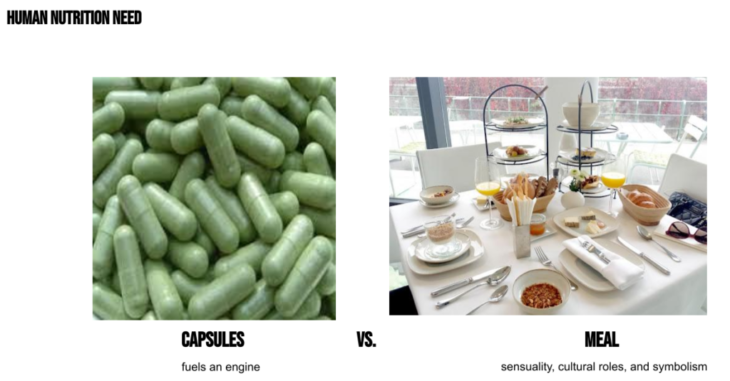
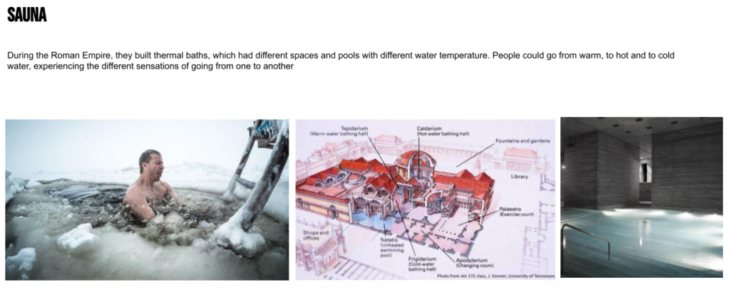 [02]
[02]
During the Roman Empire, they built thermal baths, which had different spaces and pools with different water temperature. People could go from warm, to hot and to cold water, experiencing the different sensations of going from one to another

THERMAL ALLIESTHESIA
thermal comfort standards
- ASHRAE (American Society of Heating, Refrigerating and Air-Conditioning Engineers)
-
- classic comfort theory (PMV – predicted mean vote): isothermal, cool, dry and still indoor climate is ‘neutral’ or ‘acceptable’
- adaptive comfort modell:
- takes all parts of human comfort into consideration. thermal radiation, evoporative cooling, shading, natural ventilation, clothings, ..
- it enabled designers to translate readily obtainable outdoor site meteorological data into ‘designable’ indoor environmental parameters like operative temperature that will achieve comfort for the proposed building’s occupants under normal operating conditions.
- broad generalization that they conform to occupants expectations
- standard effective temperature (SET)
- proposal for an alliesthesia model of thermal comfort:
-
- multi-node models of human physiology (Huizengaet al., 2001)
- thermal environments with truly positive hedonic tone
- exploitation of air motion across occupants’ exposed skin surfaces through purposive natural ventilation or localized mechanical services, localized heating and cooling by contact to exposed body surfaces, or thermal gradients in vertical or horizontal planes.
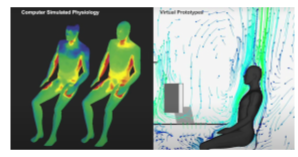 [03]
[03]
OLFACTORY ALLIESTHESIA
- natural ventilation:
- air moving over the top going through the gap into the spaces
- smell the outside breaking down the barriers of inside-outside
 [04]
[04]
VISUAL ALLIESTHESIA
- daylight:
- evening light produce melatonin that helps us to sleep at the end of the day
- blue light office will snacth your sleep
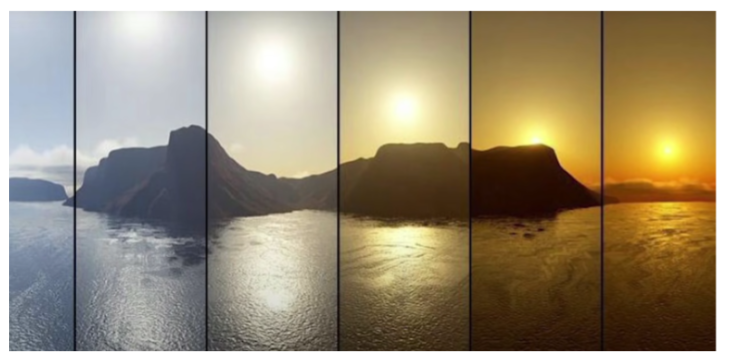
ARTIFICIAL ENVIRONMENTS
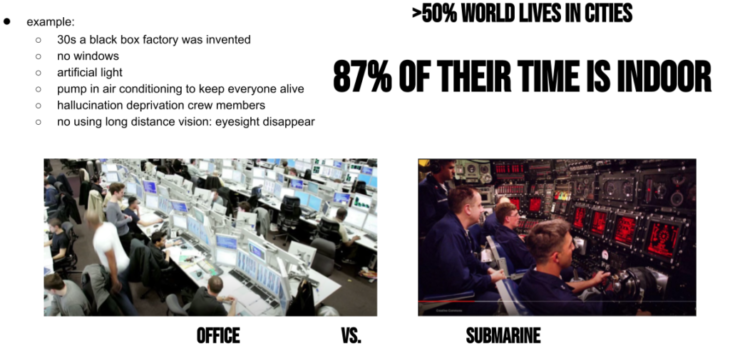 [05]
[05]
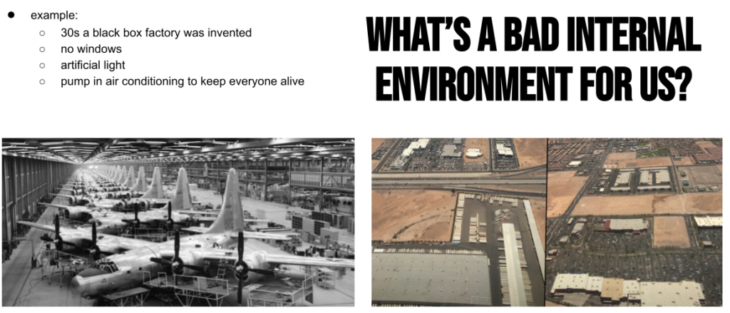 [06]
[06]
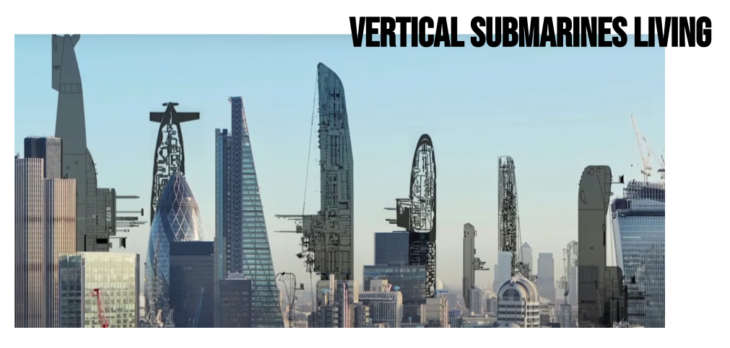 [07]
[07]
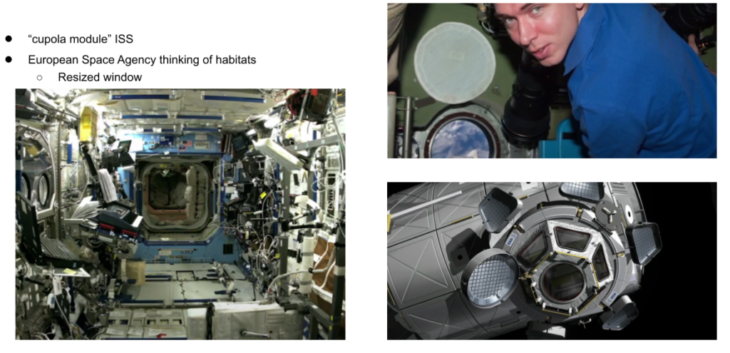 [08]
[08]
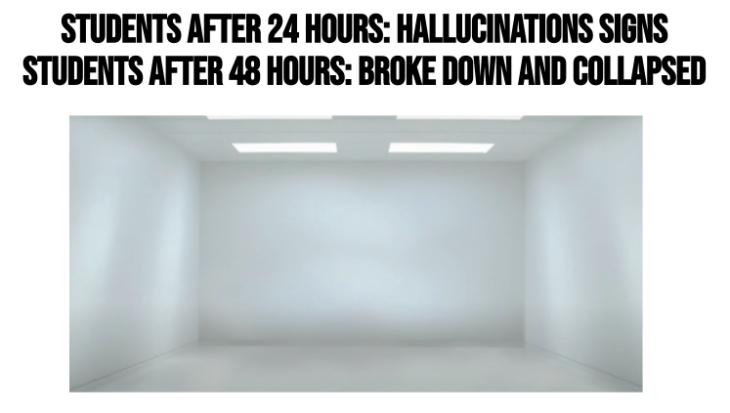
- CIA study of sensual deprivation:
- air-conditioned perfectly
- perfect light levels
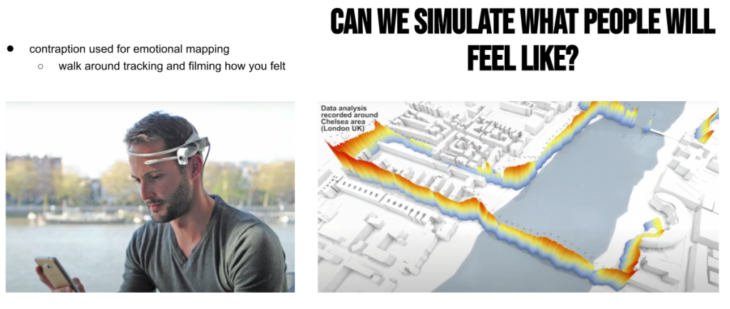 [09]
[09]
CONCLUSIONS
- holistic approach of alliesthesia tools will create more resilient + sustainable structures in the future.
- low tech + high intelligence approach will reduce our energy demand tremendously
- create human centered buildings, in order to create a healthy environment.
- can lead to a healthier society – therefore reduces costs in the health sector
Image credits:
[01]: The Garden of Eden with the Fall of Man or The Earthly Paradise with the Fall of Adam and Eve (ca. 1615) is a painting by Peter Paul Rubens / Henry Gray (1825–1861). Anatomy of the Human Body. 1918. [02]: Roman Baths design and layout. Image from Art 172 class, J. Emmer, University of Tennesse. / The Thermas Vals by architect Peter Zumthor was built in Vals, Canton Graubunden, Switzerland in 1993-1996. [03]: Computer Simulated Physiology and Virtual Prototypes [04]: Apple Park is the corporate headquarters of Apple Inc., located in Cupertino, California and simulated air ventilation images. [05]: UBS Office and Interior Submarien from Creative Commons [06]: Military Aircraft Factory Images of WWII, images from Histroy Channel [07]: Architecture and the Science of the Senses | Stefan Behling | TEDxGoodenoughCollege Image [08]: Images from NASA [09]: Carlos Bausa Martinez – [Digital Practices] Symposium Image
Alliesthesia Theory is a project of IAAC, Institute for Advanced Architecture of Catalonia developed in the Master In Advanced Computation For Architecture & Design 2021/2022 by Students: Clemens Russ and Jacinto Moros Montañés; Faculty: Jane Burry